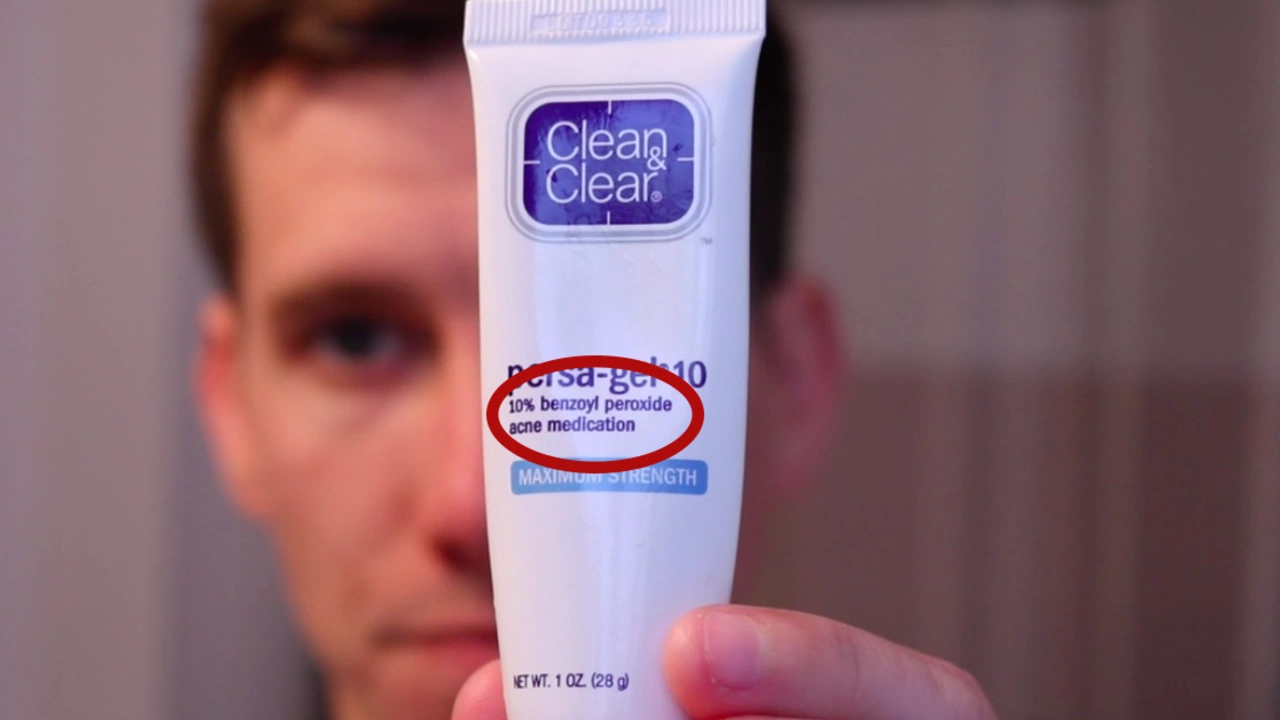What You Need to Know About Benzoyl Peroxide for Acne Treatment
Benzoyl peroxide is a popular ingredient found in many acne creams and gels. It fights acne by killing bacteria under the skin and helping to clear clogged pores. But how do you use it properly? And what should you watch out for? Here’s what you need to know before trying benzoyl peroxide.
How Benzoyl Peroxide Works
This ingredient helps reduce blemishes by reducing acne-causing bacteria and peeling away dead skin cells. When applied to the skin, it releases oxygen that kills the bacteria causing pimples. This oxygen effect is key because the bacteria thrive in places with no oxygen. Plus, it gently helps remove dead skin that can block pores and cause more breakouts.
Most benzoyl peroxide products come in concentrations ranging from 2.5% to 10%. Using higher concentrations doesn’t always mean better results; sometimes, it can lead to more skin irritation. Starting with a lower strength is usually the best move, especially if you have sensitive skin.
Tips for Using Benzoyl Peroxide Safely
To get the best results, apply benzoyl peroxide once a day at first. If your skin handles it well, you can increase to twice daily. Avoid applying too close to your eyes, mouth, or broken skin to prevent irritation. It's normal to experience some redness, dryness, or peeling when you first start using it. Moisturizing your skin well can help with this.
Also, watch out for bleaching. Benzoyl peroxide can lighten hair and fabrics like towels and shirts, so be careful when applying it. Use a gentle cleanser alongside it and avoid harsh scrubs which might irritate your skin further.
If irritation becomes severe or if you see no improvement after several weeks, talk to a dermatologist. They can recommend other treatments or suggest ways to reduce side effects.
Remember, consistency is key. Acne won’t clear up overnight, but with regular use, benzoyl peroxide can help you see noticeable improvements in a few weeks.
Benzoyl Peroxide: An Ingredient to Avoid for Rosacea Sufferers?
In my exploration of skincare, I came across a common ingredient called Benzoyl Peroxide. It's often used in acne treatments, but if you're dealing with rosacea, you might want to steer clear. I've found that it can potentially exacerbate redness and irritation, which are symptoms those with rosacea already struggle with. So, despite its effectiveness against acne, it might not be the best choice for everyone. Keep this in mind next time you're in the skincare aisle!
